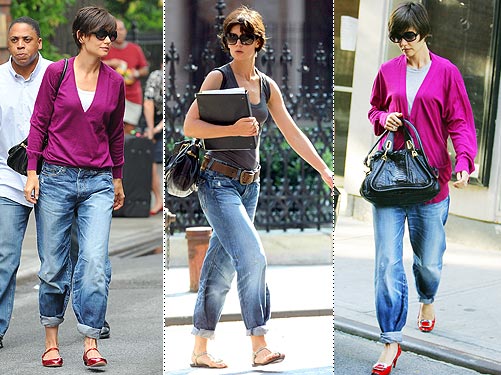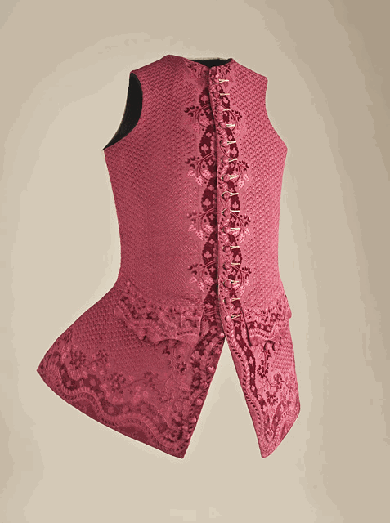During our last class meeting, everyone had an opportunity to present a blurb of information about their objects to
Claire Sauro, who, in turn, provided some initial feedback and guidance for our research going forward. My initial research focused on my waistcoat's owner: Captain William Brown. My first examination of a collection of the last names of Philadelphia's colonial families resulted in little to no indication of who this man was, let alone his societal standing. As I mentioned in class, most of my information about Capt. Brown's existence in Philadelphia during colonial and revolutionary America came by way of advertisements in early-A
merican newspapers (see image below for an example of The Pennsylvania General Advertiser, published April 13, 1779).
 |
| The Pennsylvania General Advertiser outs Capt. Brown as a tardy letter collector. |
Because I was having just a difficult time finding information about Captain Brown, I made plans to travel into Philadelphia to visit Brown's grave and surrounding neighborhood to get a sense of where Brown lived. On Monday, October 22, I visited the
Old Pine Street Church Yard located near Philadelphia's
Society Hill. Admittedly an outsider, it became readily apparent that the houses (some still houses, others converted apartments) had a colonial vibe about them. A majority, if not all, of the streets and sidewalks were cobblestone. Lining these streets were row houses mainly constructed of brick (see below for example on Pine Street between 5th and 6th Street).

According to a few
web sources, Society Hill initially housed a number of local officials and wealthier families. Once local companies and industry spread westward (in the 19th century), so too did local elites and wealthier families looking to live closer to the migrating city-center. This all said, this migration occurred nearly 100 years after William Brown's death in 1808. This helps confirm Claire's initial deduction that this particular waistcoat, due mainly to the craftsmanship on the steel cut buttons, was owned by someone entrenched in the upper class. As Brown's grave lays in this area, it leads me to guess that he lived his days around this location.
Upon arriving at the Old Pine Church Yard, I entered the empty grounds and began weaving in and out of the rows of colonial headstones. Weathering made it rather difficult to determine the occupant of each grave. Below are a number of photos I took while visiting the cemetery:
 |
| Beyond the headstones is the Old Pine Presbyterian Church. |
 |
| This is a photo with my back to the church, facing 4th Street. |
 |
| Any revolutionary soldier's grave is decorated with one of these colonial flags. |
 |
| These headstone provide an example of the effects of weathering. |
Although I was able to find headstones belonging to some people who died on or around 1808, I was not able to successfully locate William Brown's headstone. The trip to Society Hill and Old Pine Church Yard was informative because it confirmed Claire's suspicions about the societal status of the person who owned a waistcoat like this one. However, it was a little frustrating to not find any specific information about Captain Brown. Before leaving, I left some contact information with the rectory in hopes of connecting with someone who knows a little more about Williams Brown then his propensity to be late in picking up his mail from the Post Office.
Not an hour later, Ronn Shaffer, a historian working with the Old Pine Church Yard cemetery connected with me and offered a lot of information about who Capt. Brown is what hand he had in a number of historical events. According to Shaffer's notes, Capt. Brown was a revolutionary service member and Captain in the colonial marines. Capt. Brown served under Gen. Washington during the General's famed crossing of the Delaware River on Christmas night. According to Shaffer, Capt. Brown's task was to defend the Pennsylvania boarder should Washington's campaign be unsuccessful. After its success, Capt. Brown and his men joined Washington in the Battles of Trenton and Princeton.
Needless to say, my trip to Old Pine Church Yard and subsequent conversation with Ronn Shaffer was beyond helpful in not only discovering the societal place of someone wearing a waistcoat similar to that of Capt. Brown, but also painted a clearer portrait of the extraordinary life of the waistcoat's owner. I plan to further discuss Capt. Brown with Shaffer this Friday and look forward to discovering more information about his life and documented role in Philadelphia history.












